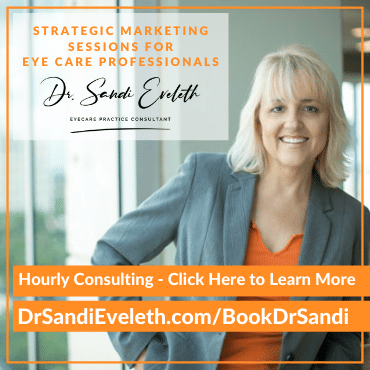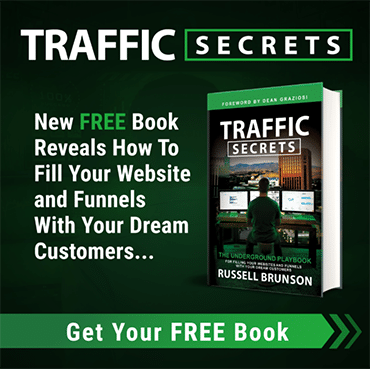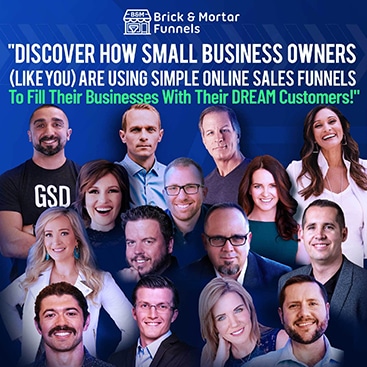Top Facebook Marketing Tips for Promoting Your Eye Care Practice Online (Part II)
To serve as a reminder, here are the Top 3 Tips for Marketing Your Eye Care Practice on Facebook:
- Make sure your Facebook page is optimized for your top keyword phrases and addresses your ideal patients’ pain points (needs) (covered in Part 1 of this series).
- Buy Facebook Ads and target your local market with an offer for “cold traffic/potential patients” that’s too good to refuse!
- Use Facebook Live (it’s like a FREE, real-time tv spot you control) to promote your practice (to be covered in Part 3 of this series).
You learned in the previous article (Part I) how to optimize your Facebook page to attract more ideal patients. By making sure your Facebook page is optimized, you’re laying the foundation for converting potential visitors into lifelong patients organically (meaning, without having to buy any Facebook ads).
In this next part, you’ll learn the power of Facebook’s advertising platform and what it means to create an offer for potential patients that have never seen, heard, or read about you (also known as “cold traffic”) before they see the ad.
Note: this article does not provide the technicalities of creating Facebook Ads. There are entire courses (free and paid) that will teach you how to create an ad using Facebook’s marketing platform. Contact me if you’d like more information on these courses.
The best way to market to a potential audience that’s “cold” is to create an ad that emphasizes a PROBLEM your ad viewer may (or may not even) realize they have now.
For example, if you’re a behavioral optometrist that diagnoses and treats patients with learning-related vision problems, your ad should target moms with children who live in your demographic area and fit your ideal patient avatar description, with a message that points out the symptoms her child may have, without needing to mention you have the solution.
It’s all about making your ideal prospect aware there’s even a problem. You want the viewer of the ad to nod their head and say “yes, my child DOES have that problem.” That same person may even go on to think, “how did they know?!”
Don’t include any wording that provides a SOLUTION to the problem, ONLY the problem, itself. For instance, your ad may look something like this:
There’s plenty of time to discuss the solution. But, before the ad viewer will even consider buying from you, they first have to get to know, like, and trust you. Right now, they see that you’ve pinpointed a problem they may have.
So, what’s the next step? You have to build their trust. Here are some tried and true ways you can do this as you walk them through the ad that just piqued their interest:
- You’ve already conquered the first step of building their trust if you’ve targeted the right audience when you (or your Facebook ads specialist) chose them wisely by matching your ideal patient avatar with the detailed audience insights platform provided by Facebook.
- You make sure your ad copy is relevant, relatable, remarkable, and timely for the person viewing the ad. You’re speaking their language and presenting a problem that relates to them at just the right time. How do you do this? By really knowing and understanding your ideal patient avatar.
- You’ve created the right message to market match, which means that the language on your landing page (the page that your Facebook ad viewer lands on after clicking through the ad – this may also be a blog post) matches the meaning of the advertisement that brought the visitor there. If the page does NOT match the Facebook ad’s content, your Facebook ad viewers (potential patients) will immediately feel like they were scammed, even if your intention was noble. For example, let’s say you created great ad copy to capture the attention of a prospective vision therapy patient’s mother with the problem-specific message, but then the landing page discusses the benefits of annual eye exams. Even though you provide both services, you’ve just lost any chance of trust between you and your prospect because she was expecting information on the problem you proposed in the ad. The bottom line: make sure your ad’s message matches the linked-to page’s or post’s message.
- You provide your ideal patient prospects with more emotional reasons to get them to align with your message on your landing page or blog post. Using the example above, give the mom more symptoms to believe her child has the problem your posing. Tug at the heartstrings. Get her to want to know more. Include a short video on the landing page/blog post describing the problem. Then, further down on the page, list (in bullet form) facts about the problem your child may be having. Add testimonials and case studies. Remember, people buy on emotion, then justify with fact. Again, your primary focus here is to “warm up” your “cold traffic” (potential patients!).
Most marketers make mistakes in one or more of the above points, then falsely believe that “Facebook marketing just doesn’t work!” Believe me, it does. It works even better and with less resistance when using it for local marketing, as in the case of an optometry practice or ophthalmology practice. The key is making sure to follow the above guidelines.
Finally, if you would like to work with me in creating a strategic Digital Marketing Plan, please click on this button:
START NOW Attracting More Patients!
And, don’t forget to come back to check out Part 3 in this series, “Top Facebook Marketing Tips for Promoting Your Eye Care Practice Online.”





Leave a Reply